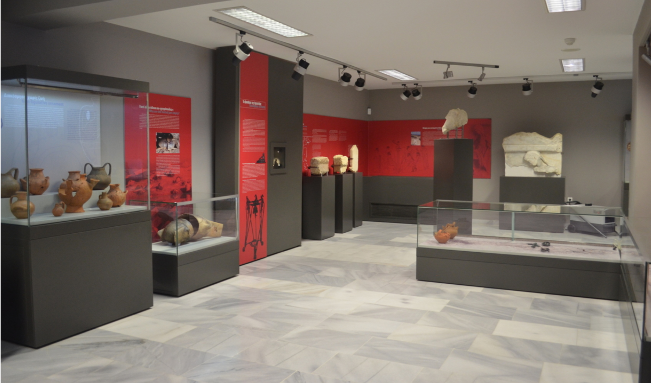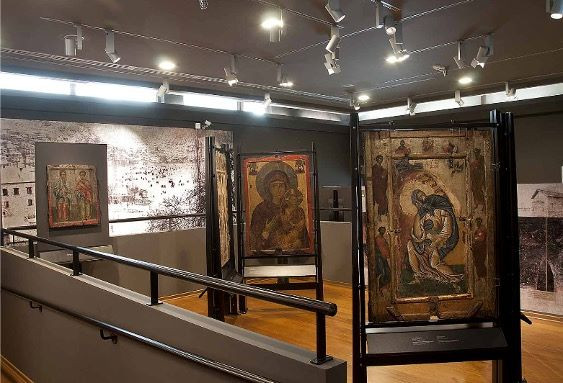“The goal always remains for our museums to become attractive to a wider and diverse public, mainly young people, from Greece and abroad” said Lina Mendoni
Two more museums are certified, the Archaeological Museum of Argos Orestikos and the Byzantine Museum of Kastoria, as announced by the Ministry of Culture, after the completion of the relevant file and the positive opinion of the Council of Museums.
As the Minister of Culture Lina Mendoni stated: “The certification of the Public Archaeological Museums is an essential evaluation process. We evaluate our museums to improve them. We upgrade their facilities and improve the services offered to their guests. The Certification process, which was applied, for the first time, as a pilot in four museums of the Region of Epirus, is already being successfully extended to the Museums of Western and Eastern Macedonia and Thrace, but also to the rest of Greece. The Greek Museum Recognition and Certification System is a holistic effort to upgrade the country’s museum structures, with the aim of their reciprocity towards the visitor, but also their empowerment as carriers of culture, lifelong learning and social cohesion, on the basis of the new organizational structure and management philosophy. Our goal, always, remains that our museums become attractive to a wider and diverse public, mainly young people, from Greece and abroad”.
The Archaeological Museum of Argos Orestikos
The Museum was inaugurated in 2010 and hosts findings from 1100 BC. to 300 AD, which come from the territory of today’s P.E. Kastoria, which in ancient times was part of Orestida, one of the kingdoms of Upper Macedonia.
The permanent exhibition of the Museum is chronologically structured, in 4 sections, in which the political and cultural transformations of the central part of Orestidos unfold, from a union of related genera (“nations”) to an independent kingdom, then, to a part of the Macedonian kingdom and, finally, in a vassal territory to the Romans, with many and important privileges.
Its exhibits include a unique phalangite shield of the pion infantry, as well as the resolution of the Battynaeans, the most important inscription with a political content from Western Macedonia. A special element of the permanent exhibition is the style of the informative texts, which take the form of questions and answers, as well as the deliberate absence of captions. The Museum has a conservation laboratory and a fully equipped warehouse. The small-scale outdoor amphitheater for summer events completes the infrastructure of this regional museum.
The Byzantine Museum of Kastoria (center photo)
The Museum was inaugurated in 1989. Its shell – raised ground floor and part of the semi-basement – follows the slope of the natural terrain and is distinguished by its clean lines. It was renovated in the framework of the NSRF 2007-2013 and reopened in 2016. The new permanent exhibition, which is spread over three rooms, around an atrium, highlights the importance and radiance of Byzantine and post-Byzantine Kastoria, through its unique collection of images.
More than 70 icons are on display, dating from the 12th to the 18th century, composing, together with those preserved in the temples of Kastoria, an important set, similar in importance to that of Mount Athos, Veria, Sinai and Cyprus. The Museum’s exhibition is visually combined with digital interpretative media, while it also has rest areas for visitors. A maintenance workshop and warehouses are housed in the basement.
Source :Skai
I am Frederick Tuttle, who works in 247 News Agency as an author and mostly cover entertainment news. I have worked in this industry for 10 years and have gained a lot of experience. I am a very hard worker and always strive to get the best out of my work. I am also very passionate about my work and always try to keep up with the latest news and trends.












